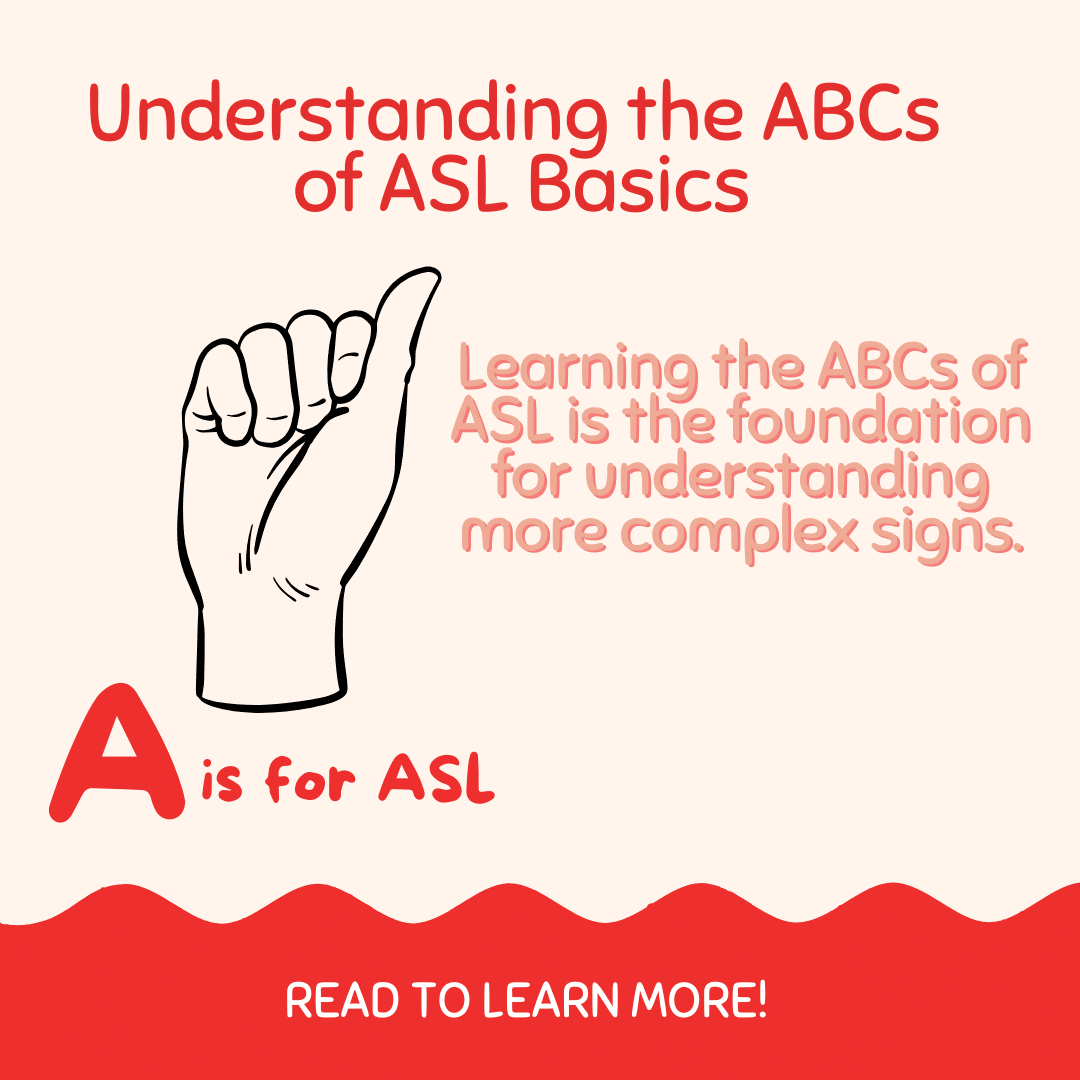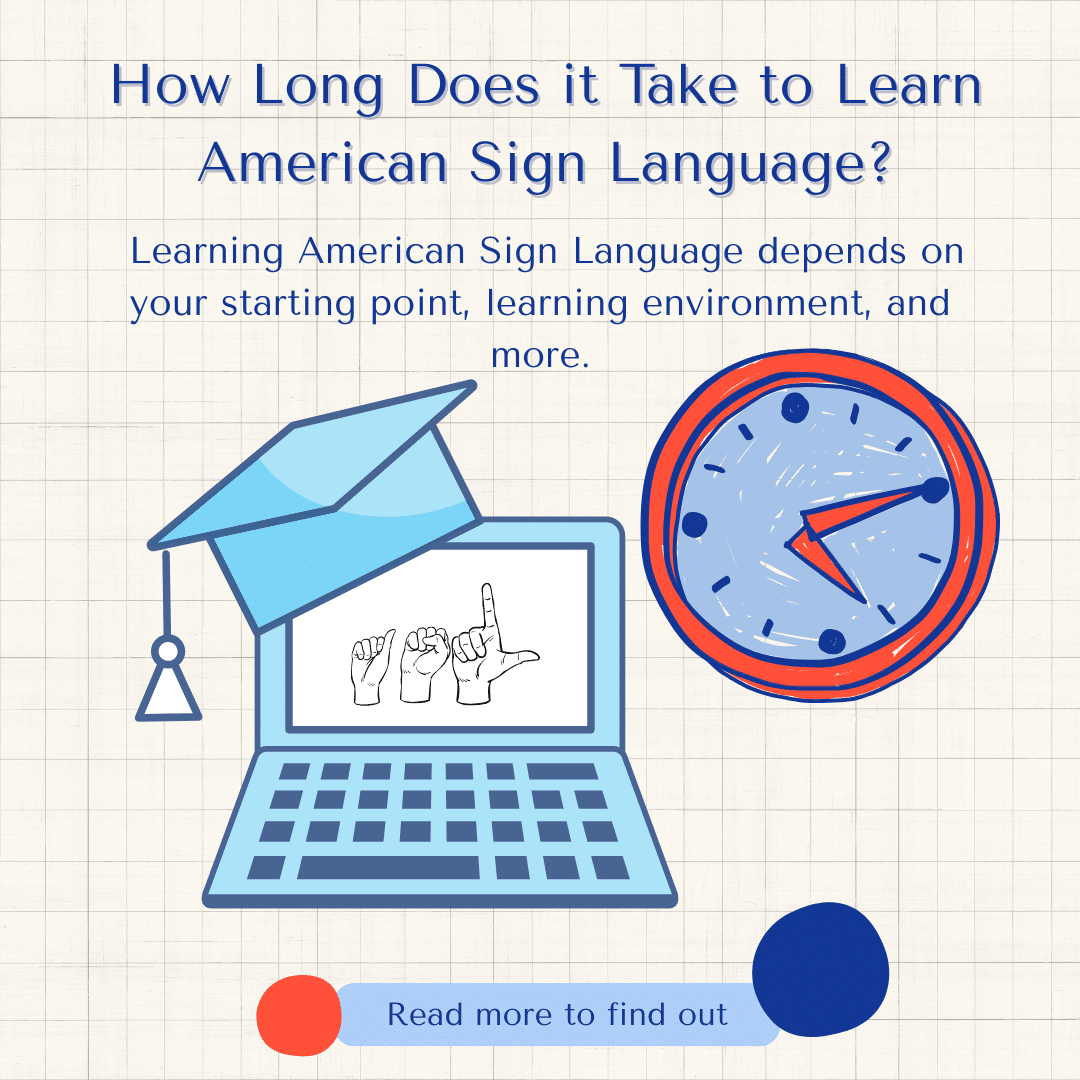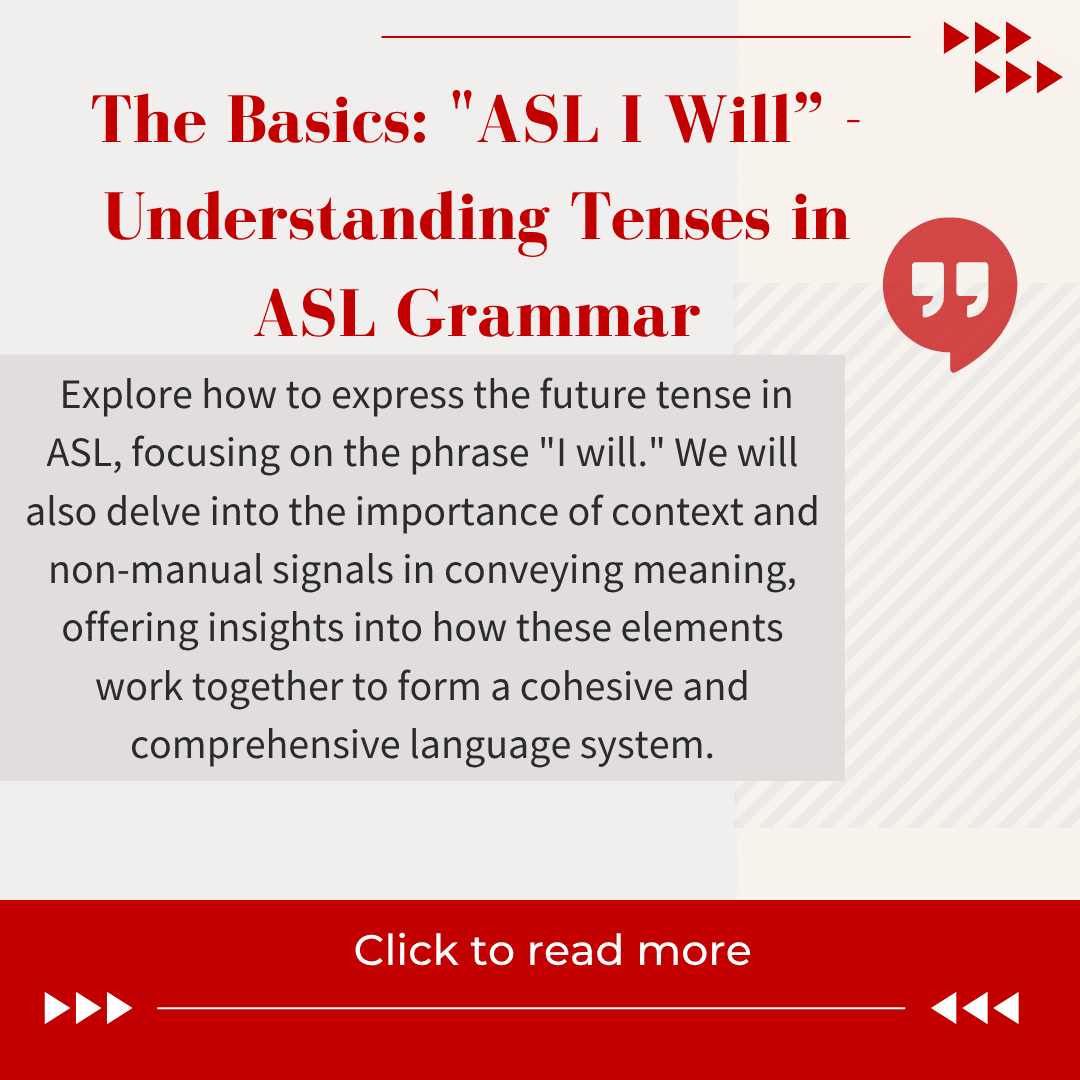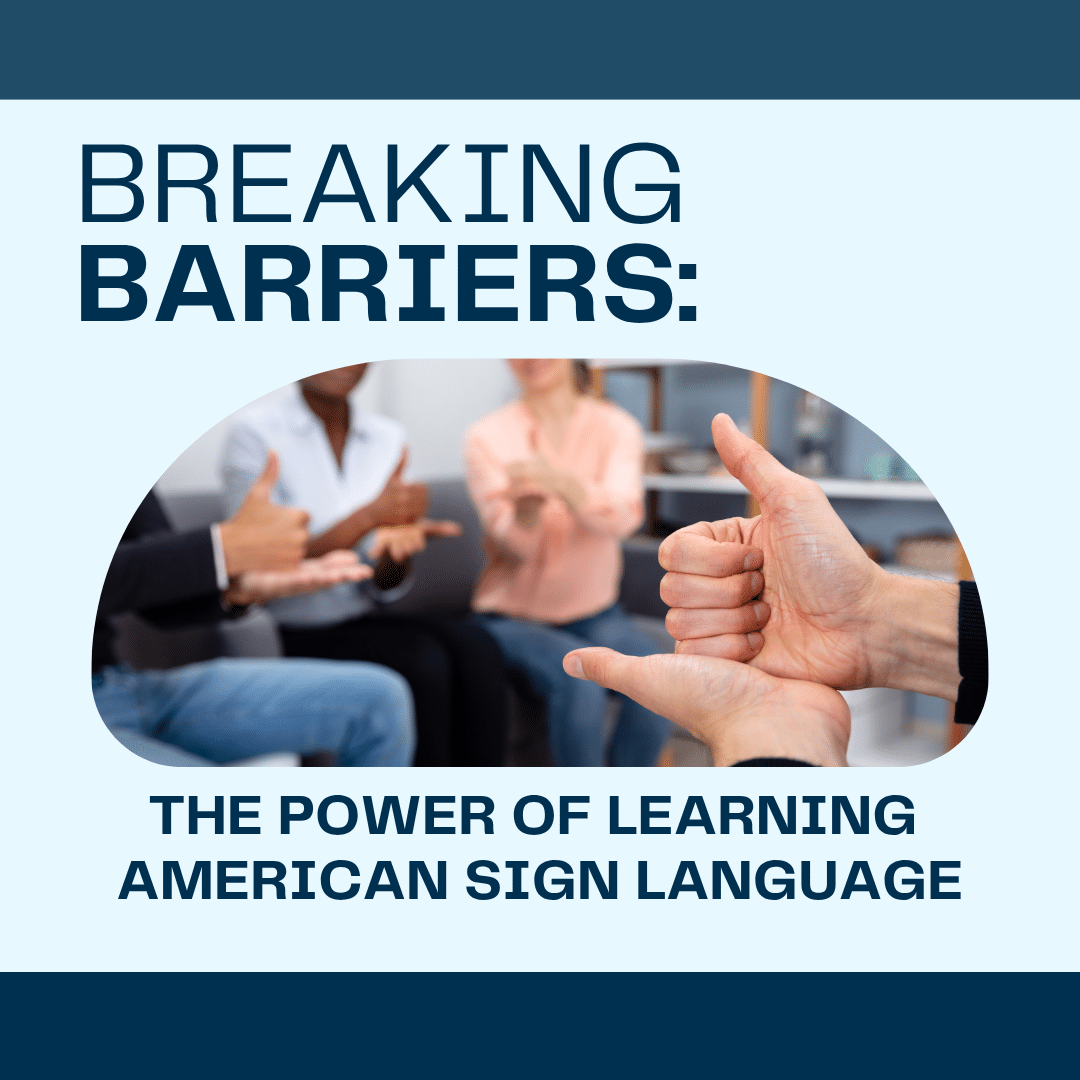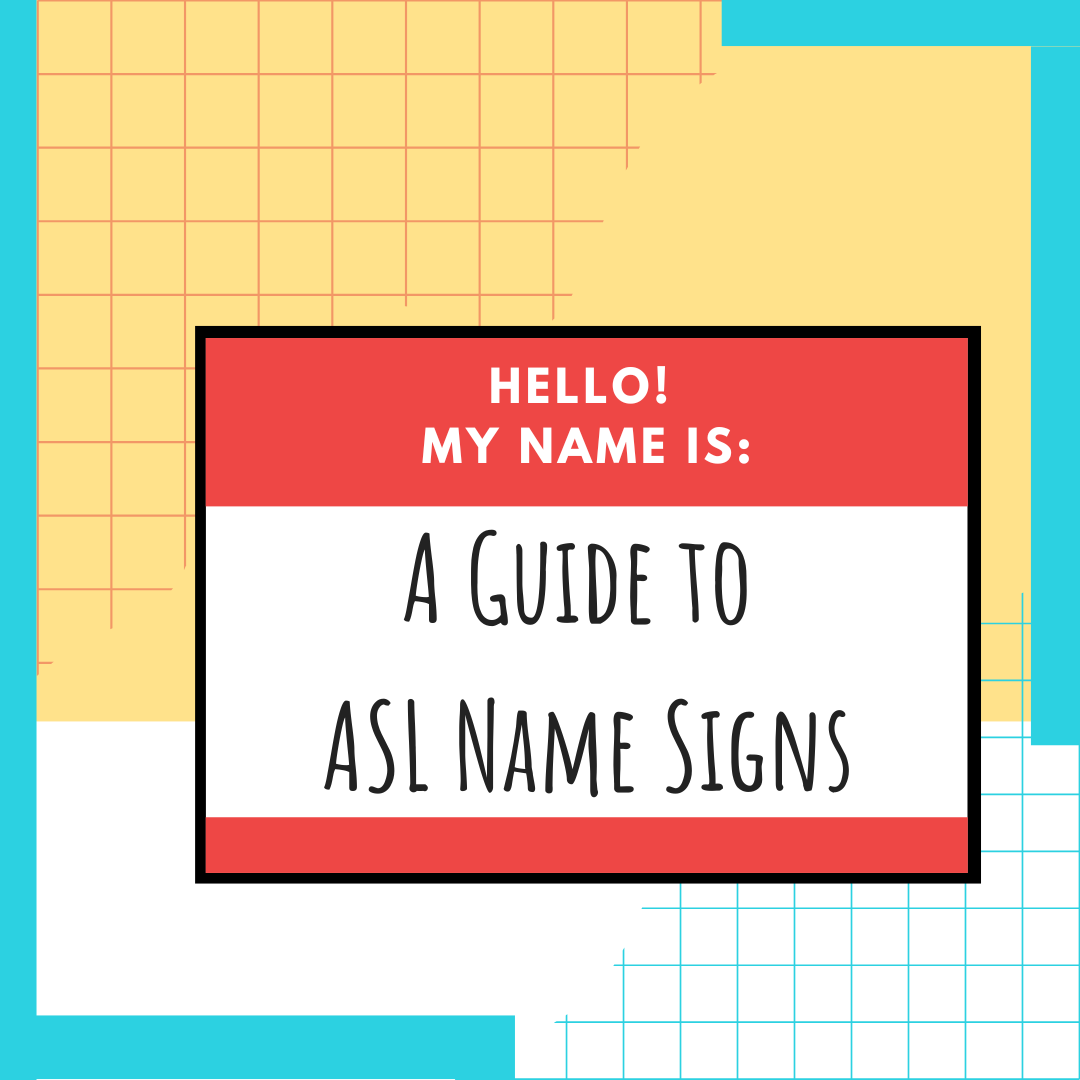
Swedish Sign Language (TSP)
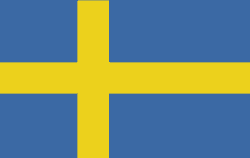
Swedish Sign Language (TSP) is the sign language used in Sweden.
TSP did not stem from any other sign languages, but it did influence Finnish Sign Language (FSL) and Portuguese Sign Language (PSR). It has been in use since 1800 and in 1809, the first deaf school in Sweden was established. Swedish Sign Language was first recognized as the official language of the deaf in 1981.
Currently, there are five deaf schools that use TSP for instruction. TSP is also taught at the University of Stockholm with many classes to teach hearing people. There is also an organization in Sweden for TSP teachers.
The TSP Alphabet
by anette66
This is a video of the alphabet in TSP. It’s fascinating that some of the handshapes are similar to the ones used in the ASL alphabet. For example, D is the same as B in ASL, G is the same as S in ASL, H is the same as F in ASL, I is the same in ASL, K is the same in ASL, M and N are very similar in ASL, O is the same in ASL, S is the same as C in ASL, and U, V & W are the same in ASL (but with a different palm orientation). This is especially interesting because Swedish Sign Language is not related to ASL.
TSP Music Video: Hero
by Millan08
This is a great video of the song Hero being signed in TSP. You will notice some similar signs to ASL, but it’s a very beautiful language that is all its own.
Learning Swedish Sign Language
If you are interested in learning TSP, we recommend these resources:
- Stockholms universitet: TSP Dictionary Online
- Spread the Sign: Translates written text to signs in a variety of sign languages
- WikiSign: List of Online TSP Dictionaries
- TSP SignWriting Dictionary
Unfortunately, there are not a lot of resources (online or offline) for TSP. So, it might be difficult to learn the whole language without taking classes in Sweden or from someone fluent in TSP.
And even though you’re having fun with TSP, don’t forget to learn ASL too!
Start Learning ASL Today!
 Ready to start learning real American Sign Language and not just basic signs? Do you want to be a part of the vibrant Deaf community? Check out our Free ASL 1 Course or our Complete 4-Level ASL Course options and start learning ASL today!
Ready to start learning real American Sign Language and not just basic signs? Do you want to be a part of the vibrant Deaf community? Check out our Free ASL 1 Course or our Complete 4-Level ASL Course options and start learning ASL today!

